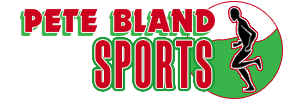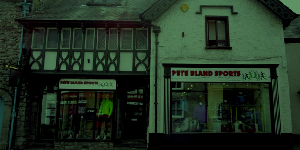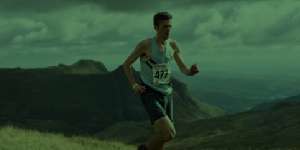
Great advice for your first running adventure
Here you will find articles, tips, inspiration and blogs that will help you become a better runner. Training, nutrition and rehabilitation advice from staff members and guest experts to guide you through this running life. If you think you have something to add to the mix, please don’t hesitate to get in touch and submit your own blogs and articles for us to share; just email james@peteblandsports.co.uk. Give us your own unique perspective on running, racing, kit and training!
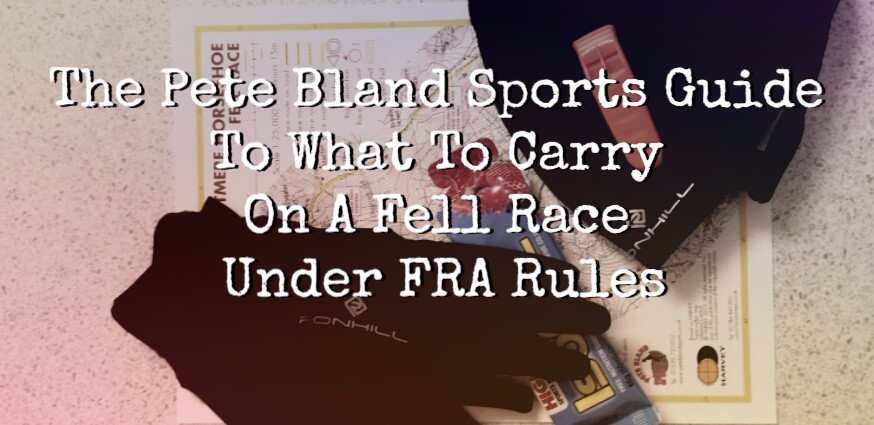
As the Race Season gets under way and we begin heading out to showfields, village halls and draughty carparks all over the country; supplying you guys with all those last minute race essentials and race day bargains, we thought we'd take a little time to outline what exactly you need to carry under FRA rules and to generally stay safe in the hills.
- Map: Race Organisers will sometimes provide these but more likely you will have to bring your own. Go for a waterproof map with the route premarked...like our own race maps.
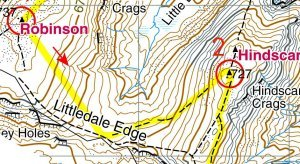
- Compass (and the knowledge of how to use it!): Weather can change rapidly on the hills at any time of year so always be sure to carry one. Though knowing just the basics will get you out of most situations, even if you don't, somebody who comes to your assistance might.
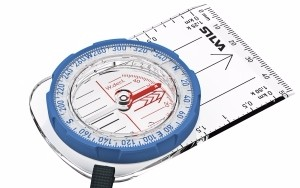
- Whistle: Pretty self-explanatory this one, you may need to attract someone's attention in an emergency or attend an illegal rave in 1993.
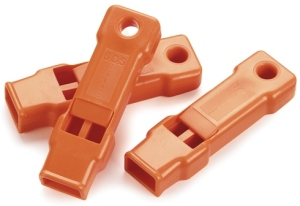
- Hat & Gloves: Though you might be running in the height of summer, you should always carry head and hand cover. You might not need them while running but don't underestimate how cold it can get if you have to slow down or stop on the summits, plus the body's temperature can fall rapidly if it goes into shock following an injury.
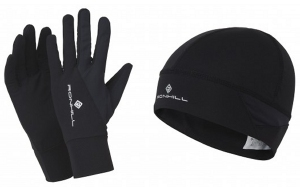
- Waterproof Full Body Cover: This means a waterproof jacket, with hood and taped seams and a pair of waterproof trousers, also with taped seams. Again, you probably won't wear them while running, unless its really grim but if you have to slow down or stop for any reason, they can be a real life saver.
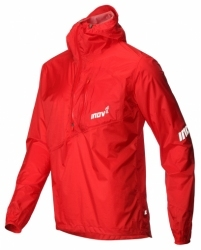
You can either go for superlight racing ones that you'll hopefully never wear (these tend to be less breathable/durable) or for slightly heavier but more durable kit that you can use in training too. Some people will have two sets to avoid this compromise. There is a huge range of waterproofs available, all ours are guaranteed FRA approved.

- Bumbag/Race Vest: Its frowned upon to go round the course with all your kit in an old ASDA bag so most runners opt for a Bumbag but increasingly people are using Race Vests on longer races, these tend to be slightly more comfortable with a greater capacity.
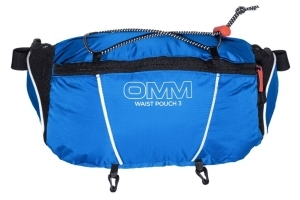
- Fell Shoes: Many races stipulate that you must wear suitable footwear, usually an aggressive fell shoe suitable for soft/loose ground. What people are prepared to run in is quite a personal thing but as a rule of thumb, road racing flats are out.
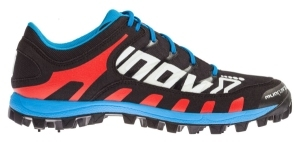
In addition to this kit, some race organisers may ask you to carry a couple of other bits, such as;
- Emergency Food: Particularly on long runs, this usually means a bar of some kind, this must be in addition to any food you intend to eat en route.
- Emergency Blanket/Bivvy Bag: This isn't often stipulated but is certainly worth having if spending extended time in the mountains. It can be used to keep a casualty warm, sheltering in sudden storms or attracting attention.
- Extra warm layer: Some early and late season races require you to carry an extra long-sleeve layer such as a fleece or thick baselayer.
- Bottle/Cup/Soft Flask: Again more for longer races, especially in hot weather. Carrying a bottle or cup will allow you to fill up at streams or aid stations then keep moving. Despite all the dire warnings above about the weather turning cold and wet even in summer, it can also be very hot and heat exhaustion is a known killer.
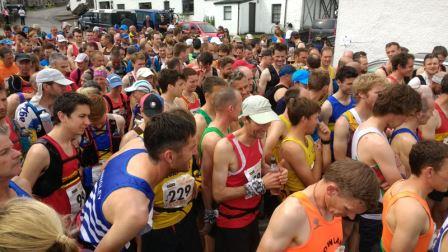
Choosing The Right Road Shoe For You
Did you know that Pete & Anne Bland ran the very first London Marathon in 1981*, the year we opened?
*As did long-serving member of staff Jon Broxap!
Its safe to say we know a thing or two about road shoes - Let us talk you through choosing the right road shoe for you, whether you're just getting started or looking to up your game.
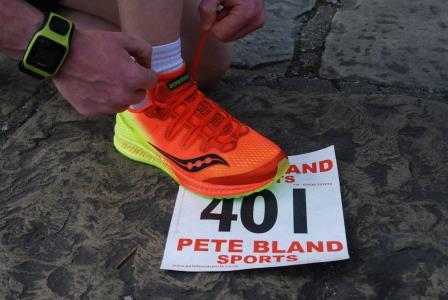
Cushioned? Racing Flat? Maximilist? Minimilist?
You'll see terms like this bandied around when referring to how much 'stuff' is under your foot. Usually made from an EVA or PU foam, the midsole provides the cushion and 'bounce' in a running shoe.
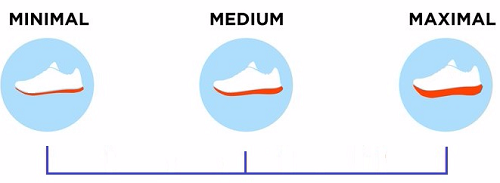
Stack Height
This gives an idea of how much midsole a shoe has and is usually taken from the mm under the forefoot.
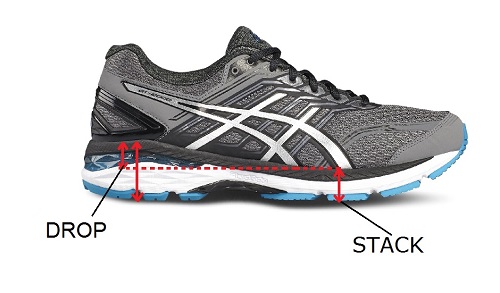
Drop
The difference between the forefoot height and the heel height is referred to as the 'drop', the greater this is, the higher your heel will feel, pitching you forward and allowing you to comfortably strike the ground with your heel first.
Zero drop shoes have no difference between forefoot height and heel height, though they may still be cushioned; such as the Altra Torin 2.5
Cushioned
If you're looking for a comfortable running shoe to rack up the miles, then look for a higher 'drop' and plenty of cushioning underfoot (sometimes in the form of gel pads within the midsole). These tend to be slightly heavier but provide longer lasting cushioning.
Check out the Asics Cumulus
Minimilist/Racing Flat
If you're aiming for a more 'natural' running style, look for less cushioning overall and a lower drop; this will sit your foot closer to the ground and promote a mid or forefoot strike. This is often seen in racing shoes (flats) which are generally lighter and more sensitive still
i.e. Brooks Hyperion
Maximilist
Then there are 'maximilist' shoes, this doesn't just mean Hokas but any shoe with a large amount of cushioning under the foot such as the Asics Nimbus. These use a thicker midsole that creates a large area of cushioning for the foot to sit on. Hokas use an expanded foam (more air, same amount of foam) for the foot to sit within rather than on. The idea is this absorbs more of the impact without increasing the drop. The midsole (in the case of Hokas) is then shaped into a 'rocker' which promotes a heel-to-toe roll. Don't be put off by the look of these, they are incredible stable and light, ideal for long runs.
There is no right or wrong when it comes to cushioning and it varies between runners. There is a misconception that 'natural is best' but for many, low (or 'Zero') drop just means calf strain and Achilles trouble.
If you do wish to try lower drop shoes, transition gradually and see if they work for you. Similarly, lighter runners who naturally run on their fore or midfoot won't necessarily need a very cushioned, high-drop shoe as their heel will not take enough impact to feel the benefit.
Structure
Structure in a shoe refers to a denser or stiffer shank within the midsole that sits on the inside of the foot and supports the foot through its gait cycle. Not all runners require support and different shoes offer varying degrees of it.
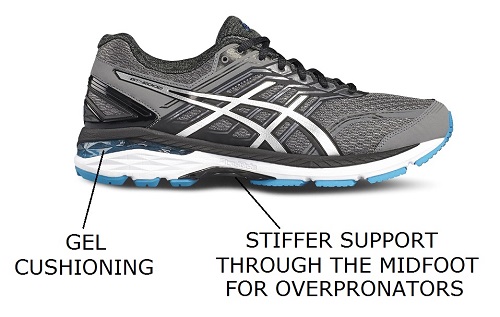
It is also possible to replace a shoe's insole with a supportive orthotic such as those from Sidas. An orthotic will override whatever support a shoe may provide on its own. It is worth remembering most orthotics will take up more space in the shoe, reducing the volume and so you may need to size up in your new shoes.
For runners who pronate, i.e. roll inwards, in their running cycle (shown below on the right).
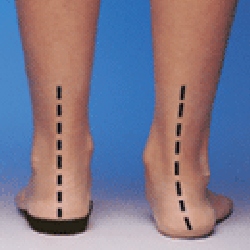
The support within the shoe's midsole reduces the degree and velocity of pronation helping the foot achieve more normal biomechanical function and reduces the chance of some associated injuries.
Check out the Saucony Hurricane ISO 3.
Gait Analysis
It is possible to assess whether you need support by looking at how your feet and ankles sit at rest and by looking at the wear pattern on the sole of your current shoes (worn outside heel/inside forefoot means probable pronation).
If you are unsure about your pronation and support requirements, come in store and have your gait analysed. We will capture images of your feet through their gait cycle on our in-store treadmill and then assess what level of support, if any, you require.
Or if you have any questions regarding support, cushioning, fitting or anything else to do with getting the right shoe for you, don't hesitate to get in touch:
Tel: (01539) 731012
Email: sales@peteblandsports.co.uk
© 2024 Pete Bland Sports
